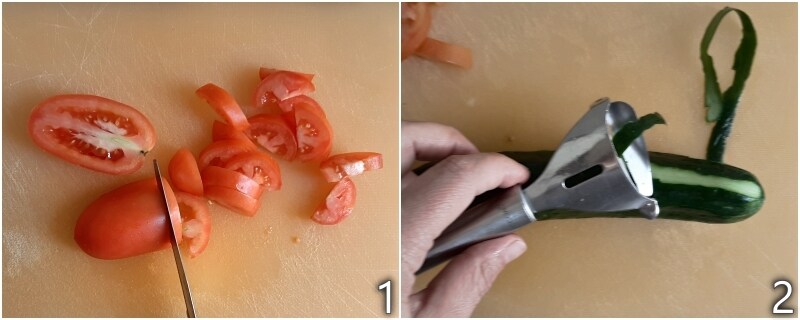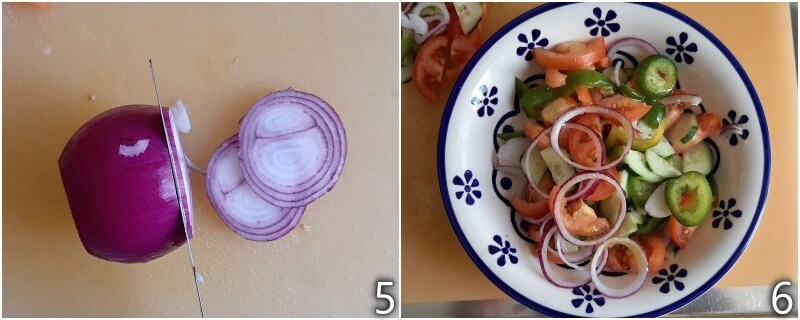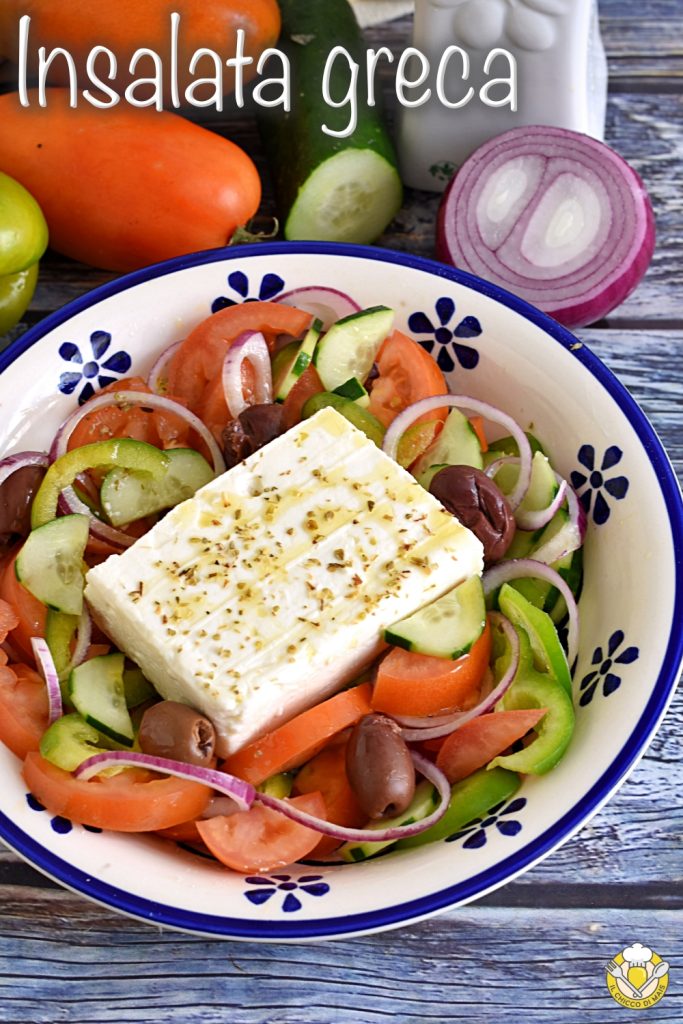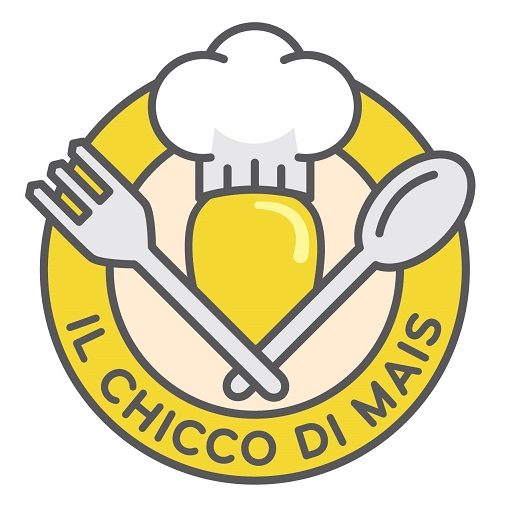The Greek salad is an iconic fresh and summery dish, among the most representative recipes of traditional Greek cuisine, along with tzatziki and moussaka. Enjoyed in every corner of Greece and reinterpreted worldwide, the Greek salad often faces unorthodox variations that alter its authentic simplicity.
The original Greek salad recipe requires very few ingredients, but they are all essential: Greek DOP feta, served in a single whole block, ripe tomatoes, crunchy cucumbers, and the indispensable Kalamata olives. Often, red onions and raw green pepper, finely chopped, are added, all dressed with abundant extra virgin olive oil and a generous sprinkle of dried oregano.
Contrary to what one might think, the Greek salad as we know it today is not an ancient dish but took form in the 1960s, during the peak tourist era. For this reason, outside its original context, it often undergoes contaminations: among the most common, the addition of vinegar, lettuce, or other salad greens, ingredients entirely foreign to the traditional Greek recipe.
Another common simplification, though not authentic, is dicing the feta. The authentic Greek salad requires the feta whole, placed atop the vegetables, ready to be portioned at the table. This is because, originally, it was a sharing dish, served in the center and consumed in company, in keeping with the Greek table’s convivial spirit.
If you want to prepare an authentic Greek salad as in Greece, all you need are simple ingredients, a good drizzle of oil, and the will to respect a tradition that, although recent, has become one of the tastiest and most genuine symbols of Mediterranean cuisine.
You might also be interested in:

- Difficulty: Very Easy
- Cost: Very Cheap
- Preparation time: 5 Minutes
- Portions: 1 Person
- Cooking methods: No Cooking
- Cuisine: Greek
- Seasonality: Summer
- Energy 381.90 (Kcal)
- Carbohydrates 18.04 (g) of which sugars 8.38 (g)
- Proteins 12.84 (g)
- Fat 30.46 (g) of which saturated 11.50 (g)of which unsaturated 6.10 (g)
- Fibers 4.77 (g)
- Sodium 1,380.58 (mg)
Indicative values for a portion of 400 g processed in an automated way starting from the nutritional information available on the CREA* and FoodData Central** databases. It is not food and / or nutritional advice.
* CREATES Food and Nutrition Research Center: https://www.crea.gov.it/alimenti-e-nutrizione https://www.alimentinutrizione.it ** U.S. Department of Agriculture, Agricultural Research Service. FoodData Central, 2019. https://fdc.nal.usda.gov
Ingredients for 1 serving of Greek salad
- 1.5 cups tomatoes
- 1 cup cucumber
- 1/4 cup bell pepper (green)
- 0.75 oz red onion
- 1.1 oz olives (Kalamata)
- 2.5 oz feta
- 1 pinch oregano
- to taste extra virgin olive oil
- to taste salt
Tools
- 1 Cutting board
- 1 Knife
- 1 Salad bowl
- 1 Vegetable peeler optional
How to prepare the Greek salad according to the original recipe
To prepare the Greek salad, start by washing and drying all the vegetables. Cut the tomatoes into wedges (1). If you wish, you can peel the cucumber. I only partially peel it, making stripes with a vegetable peeler (2).

Then cut it into round slices or half-moons (3). Slice the bell pepper very thinly (4) and remove the inner filaments.

Thinly slice the red onion as well (5). In a large salad bowl, mix tomatoes, cucumbers, onion, and peppers, and season with a pinch of salt (sparingly, as the feta is already quite salty) and a tablespoon of extra virgin olive oil. Mix carefully (6).

Pit the Kalamata olives and add them to the salad. Lastly, place the feta as a single piece in the center of the salad (7). Season with a generous pinch of oregano and another drizzle of oil (8).

Serve the Greek salad immediately. Although in Greece it is usually served as a side dish to the main course, from a nutritional standpoint, it can make an excellent single dish for lunch breaks, especially in summer.

Local Variants of Greek Salad
Although it has a well-defined recipe, the Greek salad features some interesting local variants, especially on the islands: in the Cyclades, for example, it is common to add wild capers and sometimes caper leaves, while in nearby Crete, the salad is transformed into a single dish called dakos, where dry barley bread (paximadi) is topped with fresh tomato, feta, oregano, and extra virgin olive oil (vaguely reminiscent of our panzanella).
In other areas, such as Rhodes or Naxos, the feta can be replaced by local cheeses with more intense flavors, and it is not uncommon to find versions with marinated onions or a light touch of red vinegar. These small variations still respect the simplicity and Mediterranean identity of the choriátiki, the original name of the Greek salad.
Although it has a well-defined recipe, the Greek salad features some interesting local variants, especially on the islands: in the Cyclades, for example, it is common to add wild capers and sometimes caper leaves, while in nearby Crete, the salad is transformed into a single dish called dakos, where dry barley bread (paximadi) is topped with fresh tomato, feta, oregano, and extra virgin olive oil (vaguely reminiscent of our panzanella).
In other areas, such as Rhodes or Naxos, the feta can be replaced by local cheeses with more intense flavors, and it is not uncommon to find versions with marinated onions or a light touch of red vinegar. These small variations still respect the simplicity and Mediterranean identity of the choriátiki, the original name of the Greek salad.

